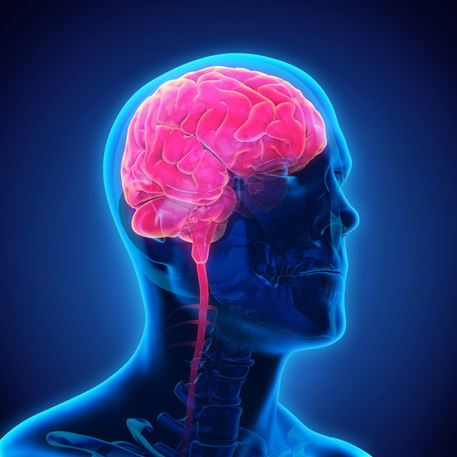ANESTHESIA SAFE THAN EVER
At this point we would like to inform you about the latest developments in anesthesia and the anesthetic procedure in our clinic. In order to ensure an optimal surgical procedure with optimal results, our anesthesia team has concentrated on the principle of so-called fast-track anesthesia. This means that the individual anesthesia is as gentle as possible for you, with the least possible pain and the earliest possible discharge from the hospital.
THE ANESTHESIA TEAM
Patient shortly before anesthesia induction
The Institute for Anaesthesiology, Pain Therapy and Acupuncture under the direction of the clinic director Mr. A. Razeq Alimy, specialist in anaesthesiology, pain therapy and acupuncture is a partner of the Eilenriede Klinik, go:h (joint surgery-orthopaedics Hanover) and other affiliated doctors of the Eilenriede Klinik. The institute consists of eleven medical specialists, one training assistant and fifteen nurses and medical assistants. Our patients are looked after exclusively by experienced specialists with a wide range of treatment methods for optimal medical care and lasting freedom from pain from admission to discharge.
ANESTHESIA SAFE THAN EVER
The task of our team is to offer patients all currently available anesthesiological methods that allow them to use gentle anesthetic methods individually for the patient and his specific illness, the special surgical requirements. Prior to the operation, patients are advised by qualified anesthesiologists and the necessary on-site examination is carried out to select the best anesthetic procedures to ensure the planning and follow-up of postoperative pain management. The methods of pain therapy used are varied, but always tailored to the individual patient and the type of operation.
For orthopedic interventions, we offer a combination of general anesthesia and regional anesthesia methods. A regional anesthetic procedure consists of the application of a pain catheter, which ensures that the patient is largely free of pain during and after the procedure through regular follow-up injections or the connection of a pain pump. In our clinic, we carry out the application of this pain catheter with the help of ultrasound as standard. This optimizes the quality and duration of the pain relief and significantly increases patient satisfaction through fewer incorrect punctures and corrections to the needle position.
NAUSEA AND VOMITING ARE A PAST OF THE PAST
Nausea and vomiting are unpleasant side effects associated with anesthesia and surgery.
By administering modern antiemetics (medication against nausea and vomiting) before the anesthesia, this problem can be significantly reduced and are therefore no longer relevant!
MEASUREMENT OF DEPTH OF ANESTHESIA
Control of the depth of anesthesia Since the beginning of general anesthesia, there has been a desire to make the depth of anesthesia measurable in order to be able to adapt the anesthesia really „tailor-made“ to the patient. The brain current picture (electroencephalogram (EEG)) changes under the influence of sleep-inducing anesthetics. Here, the brain current image can be derived during the anesthesia using adhesive electrodes on the forehead, which are simply removed again after the anesthesia.
We use the Narcotrend Monitor, which is not part of „mandatory monitoring“.
clinic regularly. He helps with an automated interpretation, anesthetics individually
and give as needed. An individual overdose or an underdose
the anesthetic with the possibility of conscious perceptions can be avoided in this way.
MONITORING THE BRAIN DURING ANESTHESIA
Monitor for measuring the oxygen content in the brainThe oxygen measurement in the brain (INVOS oximeter) is the latest diagnostic method and enables the oxygen saturation in parts of the body, such as the brain, to be continuously determined using a highly sensitive device (INVOS oximeter). This avoids an intraoperative insufficient supply of oxygen to the brain. If there is a deviation from the normal value, the anesthetist can react accordingly and thus avoid serious complications such as a stroke.
PAIN AFTER THE OPERATION DOES NOT HAVE TO BE
Successful pain therapy requires comprehensive medical specialization. However, this is not possible without the close cooperation of all important specialist areas. Only the interdisciplinary dialogue between pain therapists, surgeons, physiotherapists and health workers makes the following possible in our company:
Administration of anesthetics as needed during the operation
Minimization of wound pain immediately after the operation
Reduction of nausea and vomiting
early

